The push-up is commonly associated with military conditioning, gym class, and some martial arts. For many, they can feel like an impossible or even gruesome exercise. If you feel similarly, we hope you will feel empowered to incorporate this versatile and efficient exercise into your workout routine after reading this post.
Push-ups are categorized as a calisthenic exercise performed face down, during which the body is raised and lowered with the arms. Push-ups are a full body exercise that engages many muscles. Push-ups use your pectoral muscles, triceps, and other muscles of the shoulder area such as anterior deltoids, serrates anterior and coracobrachialis. Push-ups also use the transverse abdominis and rectus abdominis, making it a great core exercise.
Related: Need something for the lower body? We’ve got you covered here.
Push-ups can be performed in a number of ways, with modifications for beginners and progressions for those who are more advanced. We’ve compiled a list of the top 10 types of push-ups and their benefits so you can find an exercise that work best for you.
Standard Push-Ups
To perform a standard push-up, get into plank position with your hands under your shoulders, engage your core and keep your chest lifted and eyes gazing out in front of you so that your spine stays in a neutral position.
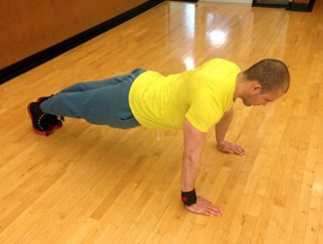
Bend your elbows and lower your body to the floor with your inhale, then push up with control and exhale as you rise back to a neutral position. Don’t let your backside dip or stick up, your body should remain in a straight line from head to toe.
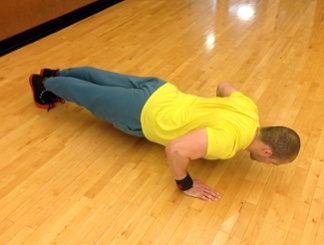
Draw your shoulder blades back and down, keeping elbows tucked close to your body. It’s important to practice good form consistently to avoid injury and yield greater results.
Need further guidance on mastering the standard push up? Check out the video below from FFC Personal Trainer Tom Feeney!
Modified Push-Ups
The modified push-up is a great option for beginners. This type of push-up is performed by supporting the lower body on the knees instead of the toes.
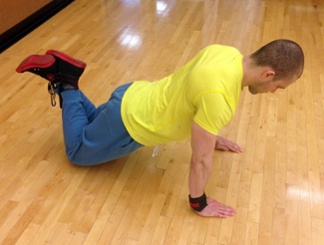
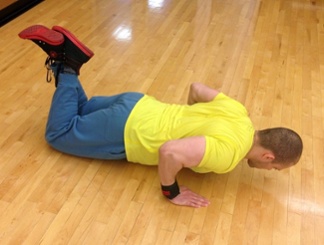
The Wall Push-Up
Another great push-up variation for beginners is the wall push-up. This exercise is performed by standing close to a wall and then pushing away from the wall. You can increase the difficulty by moving your feet farther from the wall.

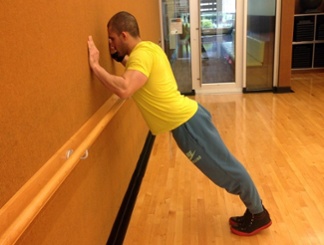
The Diamond Push-Up
For these push-ups, place both palms on the ground so that both thumbs and pointer fingers are touching and form a diamond. These push-ups really work your triceps!
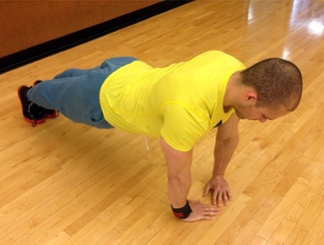
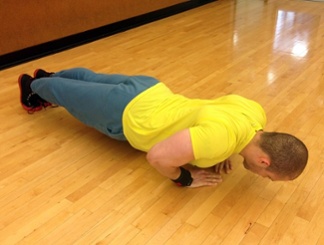
The Wide Push-Up
Start from a normal push-up position but spread your hands wider than shoulder length. This will force your chest to do most of the work.
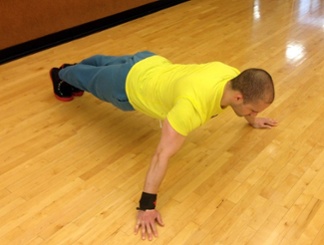
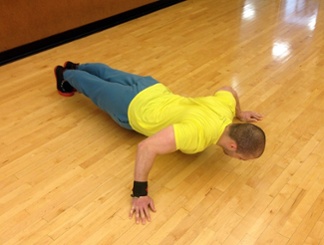
The Narrow Push-Up
From a normal push-up position, place your hands just a few inches apart from each other underneath your chest.
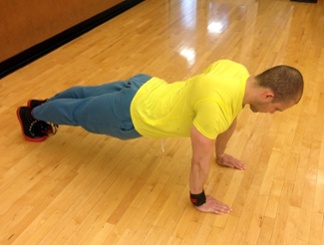
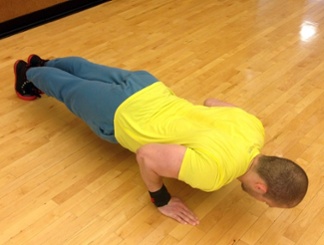
The One Leg Push-Up
From the standard push-up position, lift one leg up off the ground. Perform a set of push-ups and then switch legs to complete the set. Be sure to engage your core to help you stay in position!
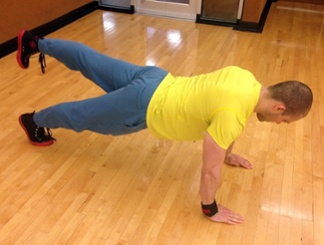

The One Arm Push Up
Get into position and bring one arm behind your back or to your side. Complete the movement, switch arms and complete the set. These are a great challenge!

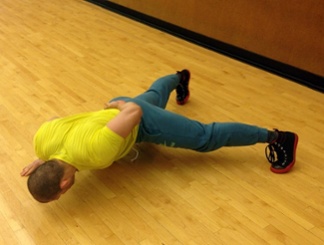
The Feet Elevated Push-Up
Do a normal push-up, but with your feet elevated on a box or bench. The higher the platform, the more you’ll work your shoulders, chest, and core. For an added challenge, use an exercise ball.
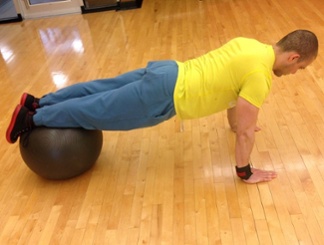
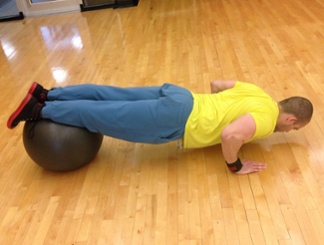
The Body Elevated Push-Up
Performed with hands on an elevated platform, commonly seen with medicine balls. For an even more advanced exercise, you can also elevate the feet.
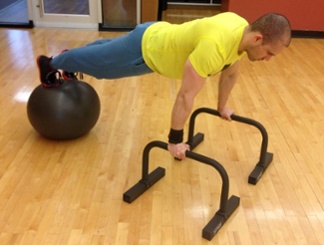
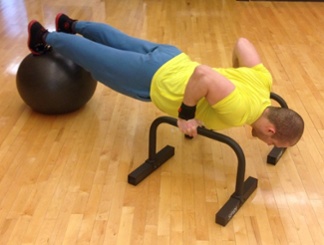
Fun Facts About Push-Ups:
- In most forms of push-ups, you are lifting 65% of your body weight
- The record for the most consecutive push-ups is 10,507 by Minoru Yoshida of Japan in 1980.
- Push-ups dates back to 1905
- The record for the most push-ups done in 24 hours (non-consecutively) is 46,001 by Charles Servizio of the USA in 1993.
- The Fence Lizard demonstrates push-ups to attract its reptilian mates

Post written by Jessica Frank. Edited by Natalie Casper. Video content by FFC Personal Trainer Tom Feeney.